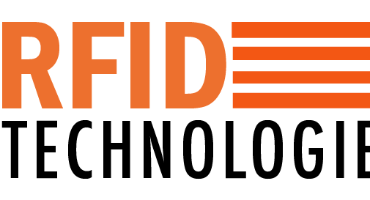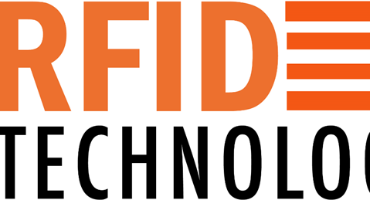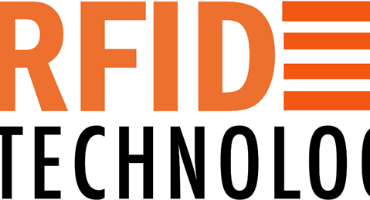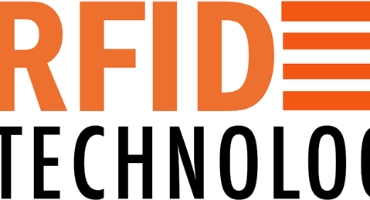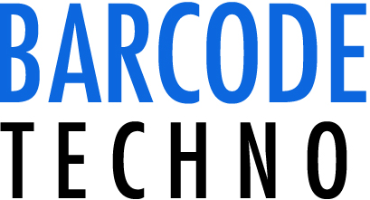Clearly Define Objectives: Start by defining clear objectives and goals for implementing UHF RFID technology in your supply chain. Identify specific areas where you expect to see improvements, such as reducing stockouts, improving order accuracy, or optimizing inventory levels. Having well-defined objectives will help guide your implementation strategy and measure the ROI accurately.
Conduct a Cost-Benefit Analysis: Before implementing UHF RFID technology, conduct a thorough cost-benefit analysis to assess the potential ROI. Evaluate the costs associated with RFID tags, readers, infrastructure, software, and training, and compare them to the expected benefits, such as reduced labor costs, improved inventory accuracy, and increased operational efficiency. This analysis will help you make informed decisions and prioritize investments. UHF RFID tags and label - both hard and soft UHF RFID Label Tags can be attached to items or packaging, allowing for real-time tracking of inventory. This enables businesses to automate stocktaking, reduce manual errors, streamline replenishment processes, and improve overall inventory accuracy. Real-time tracking of inventory doing automate stocktaking using UHF RFID Readers - both Fixed-mounted UHF RFID Readers as well as Portable Mobile UHF RFID Readers
Select the Right RFID Solution: Choose a UHF RFID solution that aligns with your specific supply chain requirements and objectives. Consider factors such as tag durability, read range, read speed, and compatibility with existing systems. Additionally, evaluate the scalability and flexibility of the solution to accommodate future growth and changes in your supply chain. Using UHF RFID tags and label - both hard and soft UHF RFID Label Tags can be attached to items or packaging, allowing for real-time tracking of inventory. This enables businesses to automate stocktaking, reduce manual errors, streamline replenishment processes, and improve overall inventory accuracy. Real-time tracking of inventory doing automate stocktaking using UHF RFID Readers - both Fixed-mounted UHF RFID Readers as well as Portable Mobile UHF RFID Readers
Optimize Tag Placement and Tag Selection: Proper label tag - both hard and soft UHF RFID Label Tags placement and tag selection are crucial for ensuring accurate and reliable tracking. Work with RFID experts or conduct pilot tests to determine the optimal placement of tags on your assets or products. Consider factors such as the material of the tagged items, environmental conditions, and potential interference that may affect read rates. Choosing the right RFID tags based on these factors will help maximize the effectiveness of the technology. Real-time tracking of inventory doing automate stocktaking using UHF RFID Readers - both Fixed-mounted UHF RFID Readers as well as Portable Mobile UHF RFID Readers
Integrate with Existing Systems: UHF RFID technology should be integrated with existing supply chain systems, such as inventory management, warehouse management, and enterprise resource planning (ERP) systems. This integration enables seamless data exchange, avoids duplication of efforts, and provides a holistic view of your supply chain operations. Real-time data synchronization and integration enhance supply chain visibility, enabling quick decision-making and improving overall efficiency.
Leverage Analytics and Reporting: Collecting and analyzing data from UHF RFID technology can provide valuable insights into supply chain performance. Utilize analytics tools to generate reports on key metrics like inventory levels, order accuracy, lead times, and asset utilization. These insights can help identify areas for improvement, optimize processes, and drive informed decision-making, leading to a better ROI.
Collaborate with Supply Chain Partners: UHF RFID technology's effectiveness is maximized when it is adopted and integrated by all supply chain partners. Encourage collaboration and communication with suppliers, manufacturers, distributors, and retailers to implement RFID tagging throughout the supply chain. This collaboration improves end-to-end visibility and ensures consistent and accurate tracking of goods, enhancing overall supply chain performance.
Continuously Monitor and Refine: Regularly monitor the performance of the UHF RFID system and track key performance indicators (KPIs) related to your supply chain objectives. Identify areas of improvement and refine processes accordingly. Consider conducting periodic audits to assess the accuracy and reliability of the tracking system, and make adjustments as necessary.
By implementing these RFID strategies and best practices, you can improve ROI and achieve enhanced supply chain visibility using UHF RFID technology. However, it's important to stay updated with the latest advancements in UHF RFID technology and continuously evaluate new opportunities for optimization.

